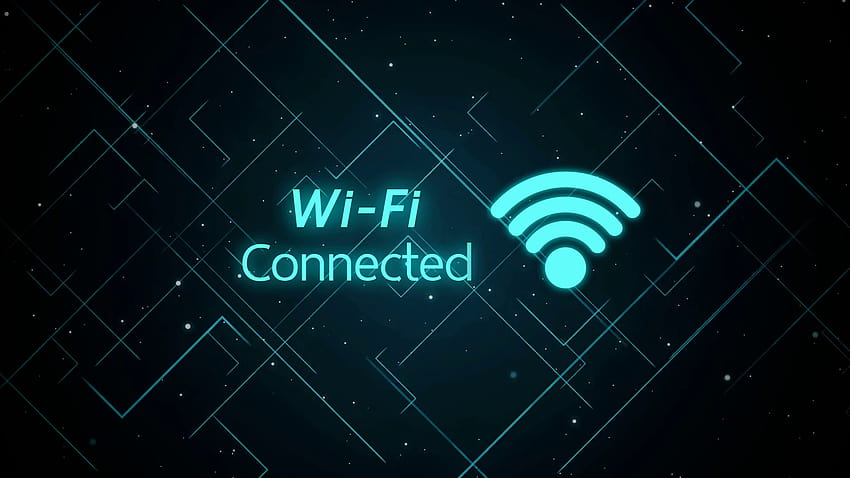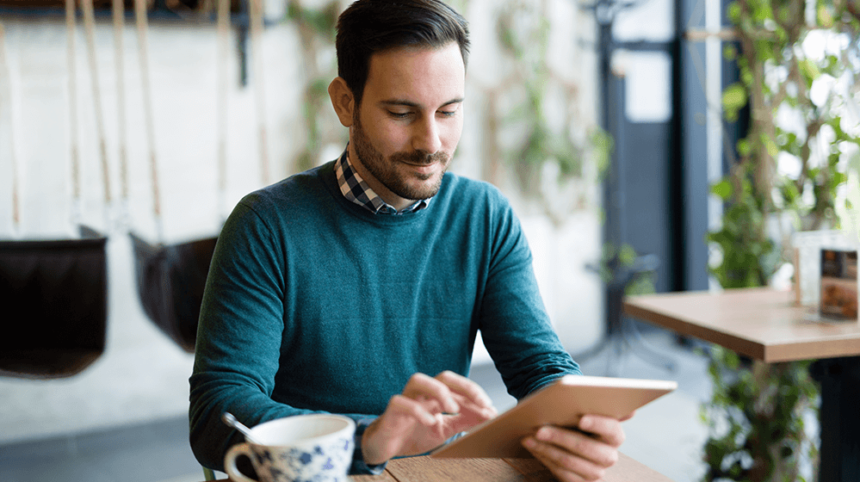In an era where the internet has become an indispensable part of daily life, access to free and reliable WiFi is no longer a luxury but a necessity. Recognizing this, the Indian government has launched the PM-WANI (Prime Minister’s WiFi Access Network Interface) scheme. This visionary initiative aims to democratize internet access by providing free WiFi across the country, bridging the digital divide, and fostering economic growth.

The Vision Behind PM-WANI
The PM-WANI scheme is a part of the Digital India campaign, which envisions transforming India into a digitally empowered society and knowledge economy. The scheme is designed to achieve the following objectives:
- Universal Internet Access: To provide affordable and easily accessible internet connectivity to every citizen, especially in rural and remote areas.
- Digital Inclusion: To bridge the digital divide and ensure that marginalized communities have the same opportunities for education, healthcare, and economic growth as their urban counterparts.
- Economic Growth: To boost the digital economy by enabling small businesses, startups, and entrepreneurs to access online resources and markets.

How PM-WANI Works
The PM-WANI scheme operates on a decentralized model, leveraging public WiFi networks to provide internet access. The key components of the scheme include:
- Public Data Office (PDO): These are local businesses or individuals who can set up and maintain WiFi access points. PDOs can be anything from a local shop, a tea stall, or a community center. They will provide internet access to users within their vicinity.
- Public Data Office Aggregator (PDOA): PDOAs aggregate the services of multiple PDOs and facilitate seamless internet connectivity across different access points. They handle the backend infrastructure, including authentication and billing.
- App Providers: These are the entities that develop and maintain applications for users to discover and connect to WANI-compliant WiFi hotspots. The apps ensure a user-friendly experience by enabling easy discovery of nearby WiFi networks.
- Central Registry: Managed by the Centre for Development of Telematics (C-DOT), the central registry maintains a list of all PDOs, PDOAs, and app providers, ensuring smooth coordination and compliance with regulatory requirements.

Benefits of Free WiFi Access
The PM-WANI scheme promises to bring a plethora of benefits to various segments of society:
- Empowering Rural Areas: Rural and remote areas, which have traditionally lagged in internet connectivity, will now have access to high-speed internet. This can revolutionize education, healthcare, and employment opportunities in these regions.
- Boosting Education: Students across the country can benefit from free WiFi by accessing online educational resources, attending virtual classes, and participating in e-learning platforms, thus enhancing their learning experience.
- Enhancing Healthcare: Telemedicine services can reach the farthest corners of the country, providing medical consultations and health information to those who need it the most.
- Supporting Small Businesses: Small businesses and local entrepreneurs can leverage free WiFi to expand their reach, manage operations more efficiently, and access online markets.
- Encouraging Digital Payments: With increased internet access, digital payments and online banking can become more widespread, reducing the reliance on cash and enhancing financial inclusion.

Challenges and Solutions
While the PM-WANI scheme is poised to revolutionize internet access in India, it also faces several challenges:
- Infrastructure Development: Setting up a vast network of WiFi hotspots across the country requires significant investment in infrastructure. However, leveraging existing establishments as PDOs can mitigate some of these costs.
- Security Concerns: Ensuring the security and privacy of users on public WiFi networks is paramount. Implementing robust encryption, regular monitoring, and user authentication protocols can address these concerns.
- Digital Literacy: A significant portion of the population may lack the digital literacy required to make full use of the internet. Government and non-government organizations can conduct digital literacy programs to educate users.
- Sustainable Business Model: Ensuring that PDOs and PDOAs can operate profitably while offering free or affordable internet access is crucial. The government can consider subsidies or revenue-sharing models to incentivize participation.

Success Stories and Future Prospects
Since its inception, the PM-WANI scheme has seen promising progress. Several pilot projects have demonstrated the potential of this initiative:
- Village Level Entrepreneurs (VLEs): In many rural areas, VLEs have successfully set up WiFi hotspots, transforming their communities. For example, in a small village in Uttar Pradesh, a local entrepreneur turned his shop into a PDO, providing free WiFi to students and farmers, thus boosting educational and agricultural productivity.
- Urban Hotspots: In urban areas, particularly in public places like railway stations, bus stops, and markets, the availability of free WiFi has significantly enhanced the user experience, allowing people to stay connected on the go.
Looking forward, the PM-WANI scheme has the potential to catalyze India’s digital transformation. By expanding the network of WiFi hotspots, the government aims to achieve near-universal internet coverage, making India a global leader in digital connectivity.

How to Apply for PM-WANI
Becoming a part of the PM-WANI ecosystem is a straightforward process. Here’s a step-by-step guide to apply as a PDO, PDOA, or App Provider:
For Public Data Office (PDO)
- Registration: Visit the official PM-WANI portal managed by C-DOT.
- Fill Application Form: Complete the registration form with necessary details, including your business information, location, and contact details.
- Submit Required Documents: Provide identification and address proof, along with any other required documents.
- Approval and Setup: Once your application is approved, you will receive instructions on setting up your WiFi access point. You may need to procure the necessary hardware and software to get started.
For Public Data Office Aggregator (PDOA)
- Registration: Go to the PM-WANI portal and register as a PDOA.
- Documentation: Submit all necessary documents, including business registration, financial details, and technical capabilities.
- Network Setup: After approval, start aggregating services of multiple PDOs and set up the necessary backend infrastructure.
- Compliance: Ensure compliance with all regulatory requirements and maintain coordination with the central registry.
For App Providers
- Registration: Register on the PM-WANI portal as an App Provider.
- App Development: Develop an application that helps users discover and connect to WANI-compliant WiFi hotspots.
- Integration and Testing: Integrate your app with the central registry and test it to ensure smooth functionality.
- Launch and Maintenance: After approval, launch your app and provide regular updates and support.

Conclusion
The PM-WANI scheme is more than just a government initiative; it is a transformative movement towards a digitally inclusive India. By providing free WiFi access, the scheme promises to empower individuals, boost the economy, and bridge the digital divide. As the scheme unfolds, its success will depend on the collaborative efforts of the government, private sector, and local communities. Together, they can build a connected India where the internet is accessible to all, fostering a brighter and more inclusive future.





